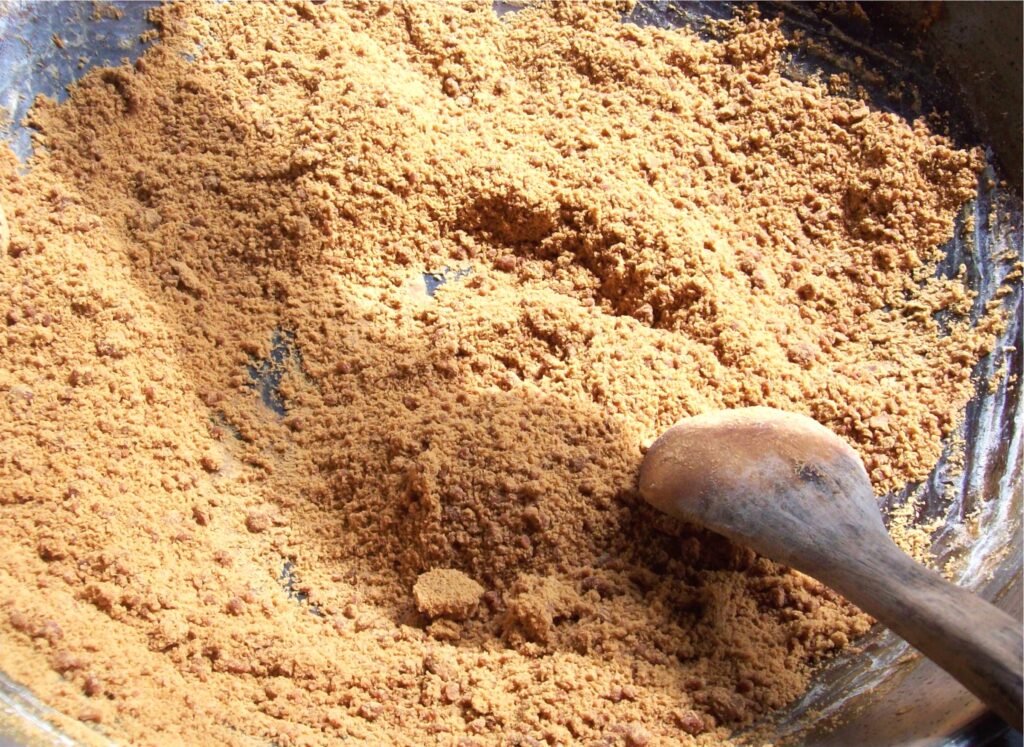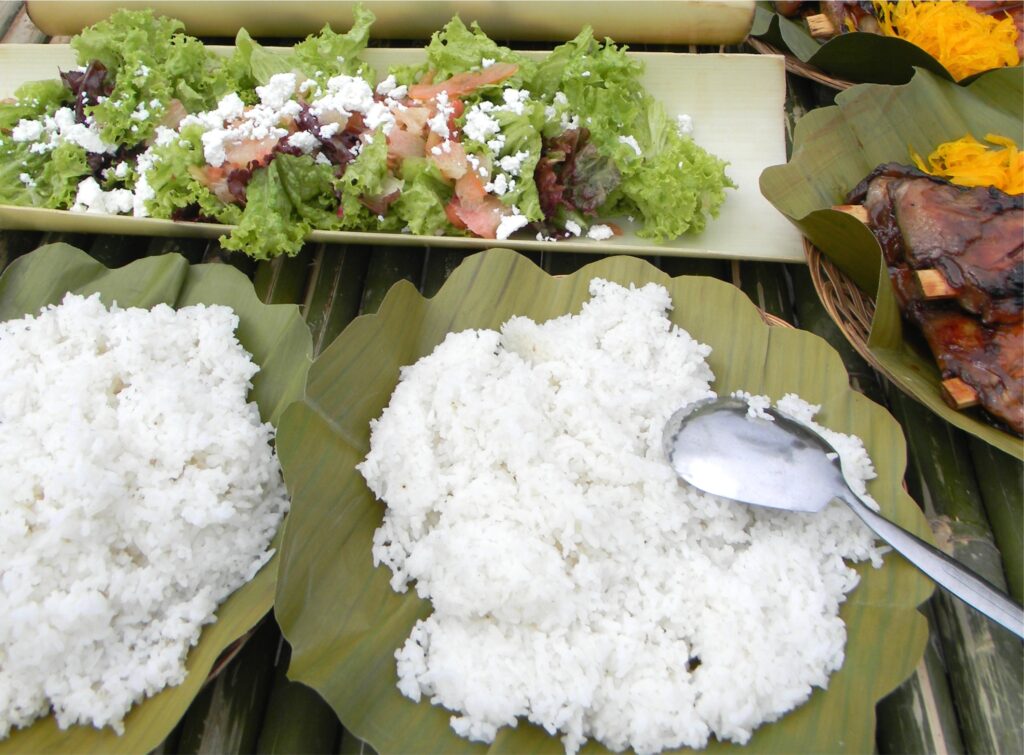Text and Photos by Henrylito D. Tacio
Diabetes isn’t behaving the way it did in the past. Forget your former notions of the disease: that it strikes old aunties and the rich or that it seldom kills. Diabetes no longer cares about class distinctions or age – it’s becoming as prevalent in slums as in mansions, and it’s ravaging the young like never before.
The numbers are staggering! From 177 million people with diabetes in 2002, the figure is likely to surpass 300 million by 2025, according to the Geneva-based World Health Organization (WHO). Dr. Paul Zimmet, director of the International Diabetes Institute in Victoria, Australia, predicts that diabetes “is going to be the biggest epidemic in human history.”
The Philippines is home to about four million diabetics, with more than three million not knowing they have the disease. “Many people still do not know that they have diabetes,” said Dr. Tommy Ty Wiling, president of Diabetes Philippines. The Department of Health listed diabetes as the ninth leading cause of death among Filipinos today.
Long before Greeks found a word for it, diabetes (passing) was a plague in Egypt. In the world’s oldest known medical document, Egyptian physicians referred to the symptoms of the disease. The word “mellitus” (for honey) was added later by the Greeks, making the descriptive phrase diabetes mellitus – “passing sweet” – to describe the sweet urine passed by diabetes.
“Diabetes mellitus is a disorder in which blood sugar (glucose) levels are abnormally high because the body does not produce enough insulin,” states The Merck Manual of Medical Information.
Insulin, a hormone released from the pancreas, controls the amount of sugar in the blood. When you eat or drink, food is broken down into materials – including sugar – that the body needs to function. Sugar is absorbed into the bloodstream and stimulates the pancreas to produce insulin. Once inside the cells, sugar is converted to energy, which is either used immediately or stored until it is needed.

Coco sugar 
Watch your rice intake
The levels of sugar in the blood normally vary throughout the day. They rise after a meal and return to normal within about two hours after eating. “Once the levels of sugar in the blood return to normal, insulin production decreases,” the Merck manual informs.
There are two varieties of diabetes. Type 1 diabetes – sometimes called insulin-dependent diabetes mellitus or juvenile-onset diabetes – results from a shortage of insulin. Type 2 diabetes – also known as non-insulin-dependent diabetes mellitus or adult-onset diabetes – results from the body’s inability to process the hormone effectively. About 90 percent of all people with diabetes have this form.
Medical experts say that a person who has Type 1 knows he has it: The pancreas produces insulin. Not surprisingly, the symptoms are severe, and without regular injections to make up for the lack of insulin, the afflicted patient risks coma and death.
On the other hand, someone with Type 2 diabetes starts out with abnormally high levels of insulin and can go for years – even decades – without knowing he has the disease because no immediate, life-altering symptoms occur.
Irrespective of what type of diabetes a person has, he must be aware that the disease is serious. Diabetes is associated with a range of complications that are largely related to damaged blood vessels and nerve cells caused by consistently high blood glucose concentrations. These complications include retinopathy (eye problems, in some cases leading to blindness), nephropathy (kidney disease), neuropathy (nerve disease which can lead to the need for amputation), heart attack or stroke, frequent infections, and impotence.
Since Type 2 diabetes is the most common form, health experts are focusing more research on the said type. Dr. Gauden Galea says that effective management of Type 2 diabetes cannot be achieved without proper attention to diet and nutrition.
Dr. Galea, who is with the noncommunicable diseases of the regional office of the World Health Organization (WHO) in Western Pacific, advises that 20-30 percent of the total dietary energy should come from fats and oils. Protein should not exceed more than 15 percent of the total energy required.
The bulk, however, should come from carbohydrates: 55-65 percent of the total energy. “Talk to your doctor or dietician to know the suitable diet for you,” advises Dr. Tham May Ked, senior medical officer of the Department of Health in Hong Kong.
Generally, diabetic patients are advised to eat most of the following: legumes, lentils, cereals, fresh fruits (non-sweet), and vegetables. What about rice? “Rice is a traditional diet for Asians and provides a rich source of many essential vitamins and minerals,” Dr. Tham explains. “For diabetics, the key is moderation.”
Likewise, diabetics must have small portions of foods rich in protein like fish, seafood, lean meat, skinless chicken, nuts, low-fat cheese, yoghurt, and milk. They must minimize eating foods and drinks that contain a lot of simple sugar, such as honey, sweets, cakes, soft drinks, and beer, among others.
In recent years, some Filipinos are claiming ampalaya as nature’s answer to diabetes. Some studies have shown that the bitter-tasting vegetable has been proven to be effective in lowering the blood sugar of people with Type 2 diabetes.
Dr. Eduardo Gonzales, in his weekly column on a national daily, wrote: “A substantial number of scientific studies on the effect of ampalaya on blood glucose levels have already been undertaken. The most compelling of these is a 10-year trial, which was conducted by the Philippine Council for Health Research and Development (PCHRD) that compared ampalaya leaves with the anti-diabetes drug Glibenclamide. The results of the trial showed that the blood sugar lowering effect of a 100 milligram per kilo dose per day of ampalaya is comparable to 2.5 milligrams of the anti-diabetes drug taken twice a day.”
Ellie Rose, in an article that appeared in Reader’s Digest, reports that ampalaya contains high levels of charantin, which increases insulin sensitivity, and compounds that activate AMPK, a protein that regulates glucose uptake. “It also has a form of lectin (a sugar-binding protein) that lowers blood glucose and suppresses appetite,” she writes.
Most doctors tell their diabetic patients to cut sugar intake. “This is becoming a real problem, because many low-fat or fat-free foods now on the market have a lot of refined sugar added to make them taste good,” claims Dr. James Barnard, American professor of physiological science at the University of California, Los Angeles. “People with diabetes need to avoid refined sugar. It really causes problems for them.”
But there is a natural sugar diabetic can consume coconut sugar. It is derived from coconut sap or toddy, which contains 12-18 percent sugar in its natural form with important vitamins and amino acids.
“A natural sweetener and functional food, coconut sugar is a much welcome development for diabetics and hypoglycemics,” said the Philippine Council for Agriculture, Forestry, and Natural Resources Research and Development (PCARRD).
Hypoglycemia occurs when blood sugar drops too low. Because keeping their blood sugar at normal levels requires quite a balancing act, diabetics are particularly prone to hypoglycemia.
Compared with refined cane sugar, coconut sugar has a glycemic index (GI) at 35. This is much lower than the 54 GI, the level which nutritionists consider safe for people who have to watch out for their glucose level.
GI is a measure of the rate at which carbohydrates as glucose enter the bloodstream. “The GI also indicates the rate at which carbohydrates break down during digestion in the small intestine into the simple sugars glucose, fructose and, sometimes, galactose,” explains Dr. Virgilio M. Ofiana in his weekly column for a national daily.
“The glucose is the sugar that is rapidly absorbed and has a reference GI of 100 or greater,” Dr. Ofiana writes. “Both fructose and galactose enter the circulation at a slower rate and need to go to the liver for conversion into glucose: both, therefore, have lower GIs.”
Sudden release of glucose into the bloodstream causes spikes of insulin that, if sustained for some time, is hazardous to health. “Having a low GI means that people who consume coco sugar will not experience sudden spikes in their blood glucose or blood sugar levels,” explained PCARRD, a line agency of the Department of Science and Technology.
“Diabetes is a killer and you should not be complacent,” urges Dr. Willie T. Ong, an internist-cardiologist and author of How to Live Longer. “Visit your doctor soon.”

